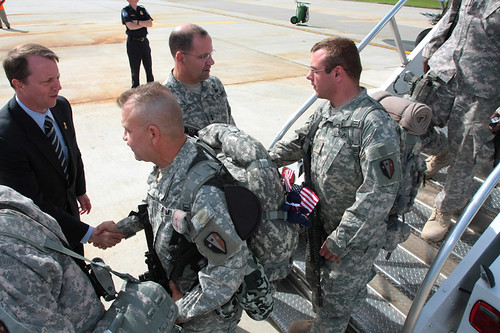GAO Report on Pentagon’s Defense Travel System Says Implementation Challenges Still Remain
(Source: U.S. Government Acocuntability Office)
Why GAO Did this Study
In 1995, the Department of Defense (DOD) began an effort to implement a standard departmentwide travel system—the Defense Travel System (DTS). GAO has made numerous recommendations aimed at improving DOD management, oversight, and implementation of DTS.
GAO was asked to:
- Assess the actions DOD has taken to implement GAO’s prior recommendations;
- Determine the actions DOD has taken to standardize and streamline its travel rules and processes;
- Determine if DOD has identified its legacy travel systems, their operating costs, and which of these systems will be eliminated; and
- Report on DOD’s costs to process travel vouchers manually and electronically.
To address these objectives, GAO (1) obtained and analyzed relevant travel policies and procedures, and documents related to the operation of DTS and (2) interviewed appropriate DOD and contractor personnel.
What GAO Found
While the department has made progress in improving the efficiency of its travel operations by implementing DTS and revising its processes and policies, unresolved operational issues continue to exist. DOD has taken sufficient action to satisfactorily address 6 of the 14 recommendations GAO made in 2006 pertaining to unused airline tickets, restricted airfares, testing of system interfaces, and streamlining of certain travel processes. More effort is needed to address the remaining 8 related to requirements management and system testing, utilization, premium-class travel, and developing an automated approach to reduce the need for hard-copy receipts to substantiate travel expenses. For example, in the area of requirements management and testing, GAO’s analysis found that the display of flight information by DTS is complicated and confusing. This problem continues because DOD has yet to establish DTS flight display requirements that minimize the number of screens DOD travelers must view in selecting a flight.
The 1995 DOD Travel Reengineering Report made 22 recommendations to streamline DOD’s travel rules and processes. GAO found that DOD had satisfactorily addressed all 22 recommendations. For example, DOD has mandated the use of commercial travel offices (CTO), established a single entity within DOD—the Defense Travel Management Office—to contract with CTOs for travel services, and has begun modifying CTO contracts as they become subject to renewal to standardize the level of services provided.
According to DOD officials, except for locations where DTS has not yet been deployed, DTS is used by the military services and all 44 defense agencies and joint commands to process temporary duty (TDY) travel vouchers. The department uses two legacy systems to process:
- TDY travel vouchers at locations where DTS is not yet deployed and
- Civilian and military permanent duty travel vouchers since DTS currently lacks the functionality to process these vouchers.
DOD provided us with fiscal year 2008 expenditure data for one system and budget data for the other system. The expenditure/budget data provided by DOD were comparable to the amounts budgeted for these systems for fiscal year 2008. According to DOD officials, these legacy systems will not be eliminated because they provide the capability to process military and civilian permanent duty travel vouchers. Although DTS is expected to provide the capability to process military permanent duty travel vouchers in fiscal year 2010, DOD has not yet decided if civilian permanent duty travel voucher processing will be added to DTS.
DOD cost data indicate that it is about 15 times more expensive to process a travel voucher manually—$36.52 manually versus $2.47 electronically. DOD officials acknowledged that the department continues to lack the data needed to ascertain the complete universe of travel vouchers that should be processed through DTS.
What GAO Recommends
Because GAO has existing recommendations regarding the actions needed to address the weaknesses discussed in this report, GAO reiterates 8 of its 14 prior recommendations. DOD commented that it has taken sufficient action to address 12 of the 14 recommendations, including 6 of the 8 GAO is reiterating, and described actions under way or planned to address the other 2. GAO disagrees. GAO received technical comments, which were incorporated as appropriate.
Click here to read/download the entire report.

